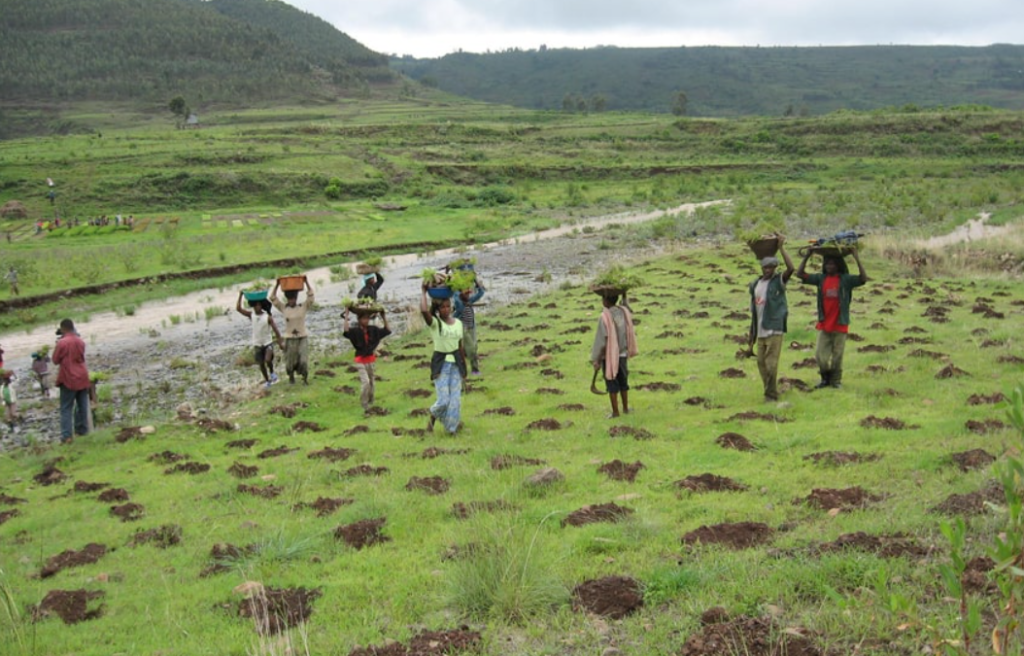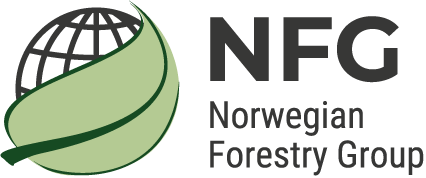
Land use planning
As forest loss has resulted in a decline in the quality of ecosystem services, forest landscape restoration (FLR) provides complementary support to sustainable forest management and the ecosystem approach to landscape management.
FLR aims to strengthen the resilience of the landscapes and thereby keep future management options open. Land Use Planning will provide a tool for the communities to increase and sustain the benefits they derive from the management of their land.
The main results of phase I:
The most important results of the program’s phase I are particularly linked to the development of various land use plans, covering 245,000 hectares, of which 166,646 hectares are plans that identify areas suitable for restoration. The most detailed restoration efforts are planned through 12 Land Use Plans covering 78 509 hectares, where selected areas have received forestry interventions by the program. The latter area has potential as areas for Exclosures, which are areas that have had very strong grazing pressure and where the original vegetation has been restored. On 137,184 hectares of these areas, 1,035 Bylaws (guidelines) have been signed, which is a kind of voluntary protection. A total of 81,693 people has signed agreements on reduced grazing in the areas. The intention of the restrictions is that the vegetation will eventually return and that the landscape will be restored.
The main outputs of phase II will be:
- Forest buffer zones and green corridors established based on Land Use Plans developed in phase 1.
- At least 30% of Exclosure areas established in phase I (of 1000 Exclosure areas) are managed jointly through the development of Participatory Exclosure Management Plans (PEMP).
- Land holding certificates issued on at least 50% of Exclosure areas established in phase I.
